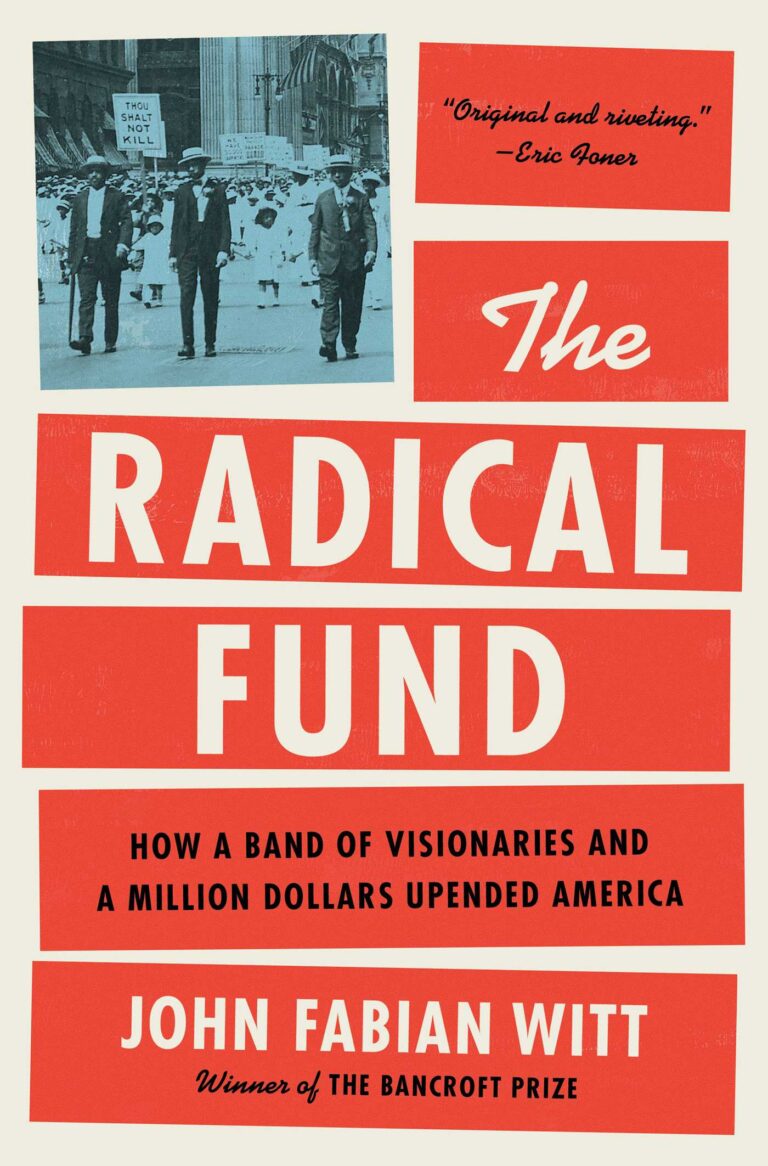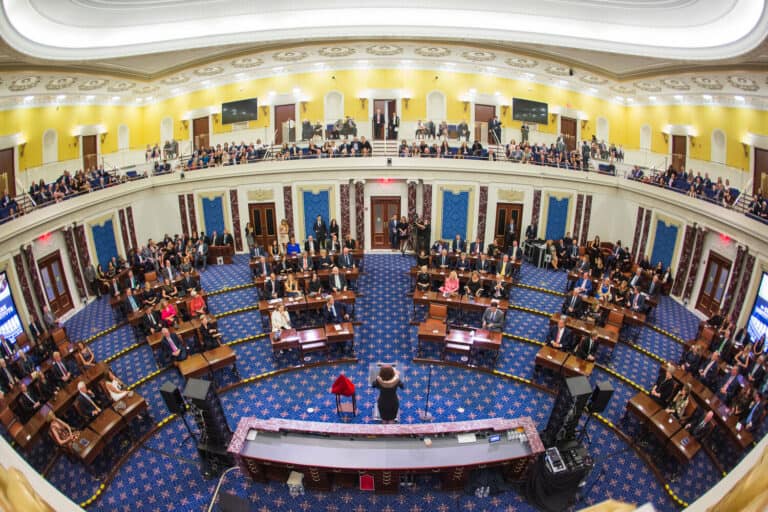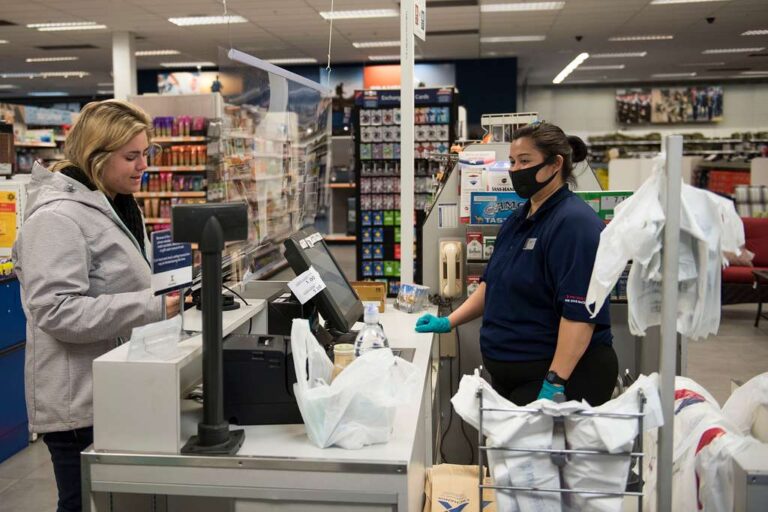
Benjamin Sachs is the Kestnbaum Professor of Labor and Industry at Harvard Law School and a leading expert in the field of labor law and labor relations. He is also faculty director of the Center for Labor and a Just Economy. Professor Sachs teaches courses in labor law, employment law, and law and social change, and his writing focuses on union organizing and unions in American politics. Prior to joining the Harvard faculty in 2008, Professor Sachs was the Joseph Goldstein Fellow at Yale Law School. From 2002-2006, he served as Assistant General Counsel of the Service Employees International Union (SEIU) in Washington, D.C. Professor Sachs graduated from Yale Law School in 1998, and served as a judicial law clerk to the Honorable Stephen Reinhardt of the United States Court of Appeals for the Ninth Circuit. His writing has appeared in the Harvard Law Review, the Yale Law Journal, the Columbia Law Review, the New York Times and elsewhere. Professor Sachs received the Yale Law School teaching award in 2007 and in 2013 received the Sacks-Freund Award for Teaching Excellence at Harvard Law School. He can be reached at [email protected].
An important new paper published for the OECD predicts that robots and automation will impact far fewer jobs than the now-famous 47% number established by Frey & Osborne. The OECD paper estimates that 9% of jobs in the United States are at risk of automation. Nine percent is quite significant, but substantially different than the estimate of nearly 1-in-2 that has dominated recent debate. Here’s the abstract:
In recent years, there has been a revival of concerns that automation and digitalisation might after all result in a jobless future. The debate has been fueled by studies for the US and Europe arguing that a substantial share of jobs is at “risk of computerisation”. These studies follow an occupation-based approach proposed by Frey and Osborne (2013), i.e. they assume that whole occupations rather than single job-tasks are automated by technology. As we argue, this might lead to an overestimation of job automatibility, as occupations labelled as high-risk occupations often still contain a substantial share of tasks that are hard to automate. Our paper serves two purposes. Firstly, we estimate the job automatibility of jobs for 21 OECD countries based on a task-based approach. In contrast to other studies, we take into account the heterogeneity of workers’ tasks within occupations. Overall, we find that, on average across the 21 OECD countries, 9 % of jobs are automatable. The threat from technological advances thus seems much less pronounced compared to the occupation-based approach. We further find heterogeneities across OECD countries. For instance, while the share of automatable jobs is 6 % in Korea, the corresponding share is 12 % in Austria. Differences between countries may reflect general differences in workplace organisation, differences in previous investments into automation technologies as well as differences in the education of workers across countries.
The OECD authors do warn that automation is likely to have a greater impact on lower skilled workers, a prediction with crucial policy and labor market implications. As they write:
Even though . . . fewer workplaces are likely to be “at risk” than suspected, differences in automatibility between educational levels are large. This suggests that workers [with less education] likely will bear the brunt of adjustment costs to technological change in terms of requirements for further training and occupational retraining. Moreover, for this group of workers, regaining the competitive advantage over machines by means of upskilling and training may be difficult to achieve, especially since the speed of the current technological revolution appears to exceed the pace of its predecessors. Hence, this study clearly points towards the need to focus more on the potential inequalities and requirements for (re-)training arising from technological change rather than the general threat of unemployment that technological progress might or might not cause.






Daily News & Commentary
Start your day with our roundup of the latest labor developments. See all
November 5
Denver Labor helps workers recover over $2.3 million in unpaid wages; the Eighth Circuit denies a request for an en ban hearing on Minnesota’s ban on captive audience meetings; and many top labor unions break from AFGE’s support for a Republican-backed government funding bill.
November 4
Second Circuit declines to revive musician’s defamation claims against former student; Trump administration adds new eligibility requirements for employers under the Public Service Loan Forgiveness program; major labor unions break with the AFGE's stance on the government shutdown.
November 3
Fifth Circuit rejects Thryv remedies, Third Circuit considers applying Ames to NJ statute, and some circuits relax McDonnell Douglas framework.
November 2
In today’s news and commentary, states tackle “stay-or-pay” contracts, a new preliminary injunction bars additional shutdown layoffs, and two federal judges order the Trump administration to fund SNAP. Earlier this year, NLRB acting general counsel William Cowen rescinded a 2024 NLRB memo targeting “stay-or-pay” contracts. Former General Counsel Jennifer Abruzzo had declared that these kinds […]
October 31
DHS ends work permit renewal grace period; Starbucks strike authorization vote; captive-audience ban case appeal
October 30
Sweden’s Tesla strike enters its third year; Seattle rideshare drivers protest Waymo’s expansion in the city.